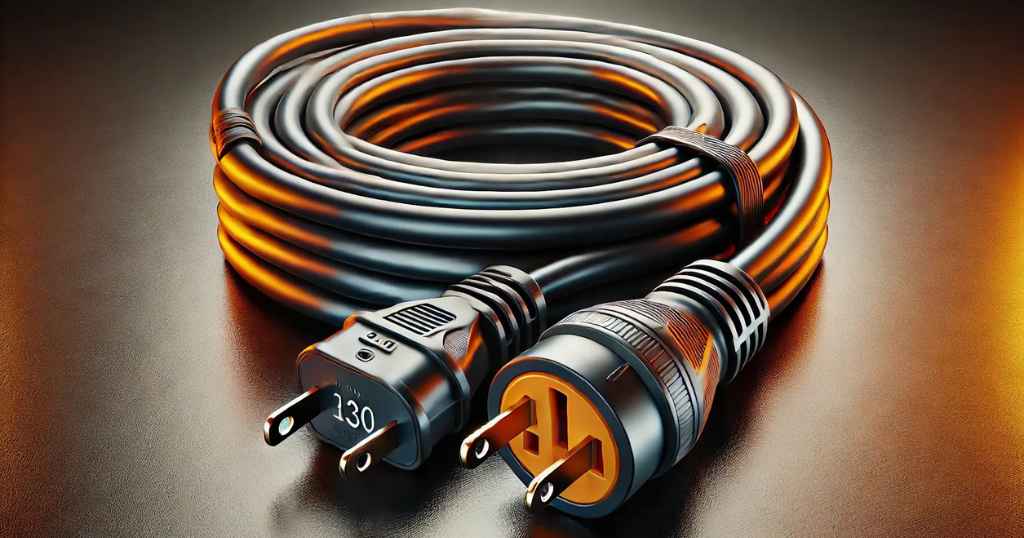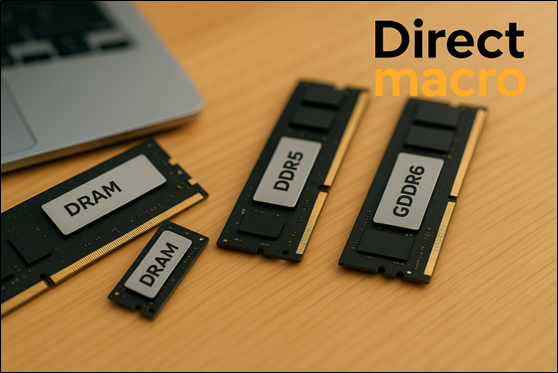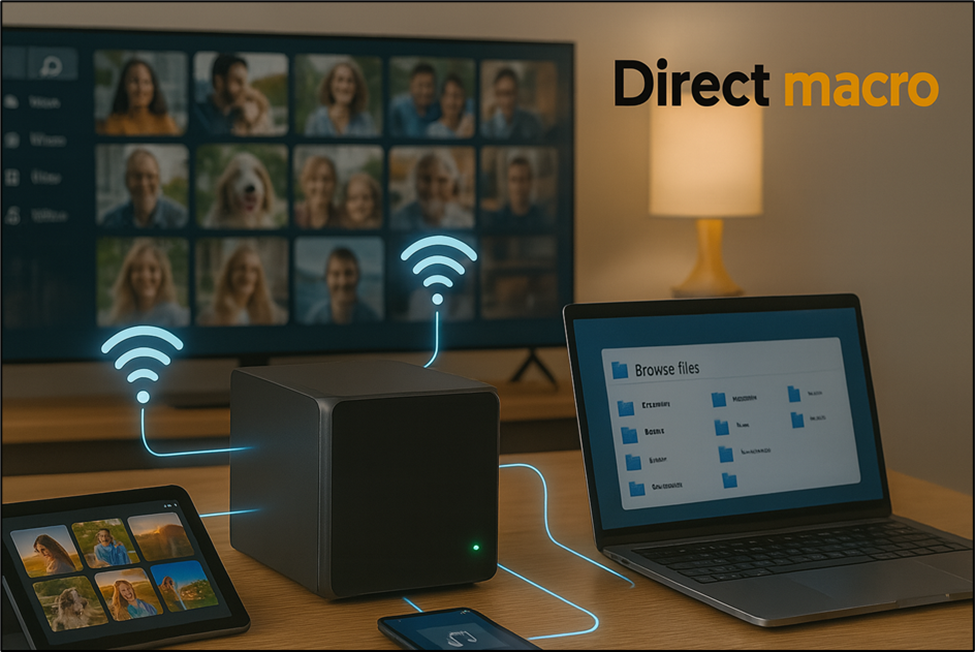A Guide to Choose & Ensure the Right Use of Extension Cord
The pile of entangled cables will keep increasing if you don’t put in the effort to get a quality power extension for your house. One right extension can give you the neat freak workstation you desire, whether in the office or in the house. If you don’t want to make a wrong purchase of cords and add more to your jumble of wire, choose the right product for once and all: A high-quality Power Extension. This blog is a complete guide for selecting, using, and caring for high-quality extension cords for their longevity.
How to Choose the Right Extension Cable
Remember the following points whether you’re buying a 100ft extension cord or a 3ft Extension Cord with lower AWG. These will help you choose the ideal product according to your needs.
Understand Cord Wattage Limit
Every power extension is labeled with a tag that Indicates its ampere rating. Every cord is distinguished based on its power rating. Before buying a power extension, you must carefully analyze the amount of wattage and ampere transported from the cord to the electronic one you use it for. In technical terms, it’s called the gauge of the wire, which is determined by two elements: average and wattage. You have to remember these four important points regarding the wattage gauge of the wire:
- Wattage: it’s the total amount of power required by the device to run effectively.
- Amperage: the amount of current flowing through the circuit.
- The gauge of the wire dictates whether the cord is capable enough to handle the load of the device.
- Choose the current length, size, and gauge of the wire to avoid catching fire in the appliance.

Choose the Right Gauge of the Wire
The commonly used parameter for the gauge of the wire is AWG (American wire gauge), which rates the wire. Household cords, which are commonly 3ft extension cords or 2ft extension cords, are used to power essential appliances such as television; electronics are available anywhere between 16-gauge, 14-gauge, 12-gauge, and 10-gauge. The rating goes from smaller to bigger numbers. The smaller the number, the more capacity the power extension has, as well as the more amperage and wattage it can handle.
- Outdoor extension cords are required for heavy power supply and come with longer wires of around 50ft extension cord or 100 ft. Such cords come with a 12-gauge wire.
- Heavy-duty extension cords, from 10 AWG to 12 AWG, are available to handle strong currents. These cords are used in heavy-duty equipment and can handle up to 20 amps with 12 AWG. Very high-power equipment requires a 10 AWG cord to handle up to 30 amps.
- A USB extension cord is used around 24 AWG. It provides sufficient power over shorter distances; however, if you need to cover longer distances, a cord of 20 gauge to 18 gauge is perfect for transmitting power without any voltage drop.
- If you need it for industrial purposes, the 220 extension cord is the perfect fit. It’s an 8-gauge heavy-duty extension cord designed to handle extremely high power supply.
Length of the Power Extension
The length of the extension port is yet another parameter you must consider before buying a long or short extension cord. However, the longer cord shows more resistance to the current, which causes less electric power to transmit to the other end. Because voltage power keeps dropping the longer distances it covers to reach another end. Below are the purpose-fit pros and cons of long and short extension:
Short Extension Cords
- Pros: Short power Extension provide sufficient power to your device, thus avoiding the risk of voltage fluctuation that damages the appliances.
- Cons: Although using shorter cables is always efficient, they still contain high voltage power within a short distance, causing them to be highly prone to electric shock and other hazards.
Long Extension Cords:
- Pros: you can use a long outdoor extension cord to power the equipment despite being far away from the power source. These are made to endure harsh weather and are the safest option to transmit power over longer distances.
- Cons: The voltage loss while transmitting power to a longer distance often may create challenges for machines to function efficiently.
Ensure the optimal use of Power Extension
Once you have the extension that meets your requirements, here are the following points to ensure its optimal use through the passage of time.
- Don’t string two cords to Increase its length. Stringing two cords to expand it over a longer distance can cause a fire. Instead, consider getting a long extensions cord that meets your requirements.
- Don’t Use one Cord to power Multiple Appliances as it can overload the circuit.
- Avoid bending the coil and placing them in a place where there is too much foot fall, as it can cause accidents.
- Make sure you use the power extension for its best purpose, don’t replace the outdoor cords for indoor door short cords or vice versa.
- Avoid using short cords for outdoor use as they aren’t made to endure the harsh outdoor weather conditions and may cause accidents.
Conclusion
If you are willing to make your power extension to work efficiently over a long period of time, you have to be cautious of the above-mentioned points. People who go for inexpensive options for power extension without proper consideration often end up repurchasing every other month to save time, money, and effort. When buying an power extension, whether a 3ft extension cord or, 50 ft extension cord, 10 gauge extension cord, or 18 gauge cord, get the one according to your device power requirements. You must understand the purpose of the cord, where it will be used, and the amount of power plugged into it.
FAQ’s
Are longer extension cords safe?
Long power extension are safe to use for high-power items that require 12-gauge wire. Thicker cords with lower gauge numbers are a better option for outdoor or long-distance use. The lower the gauge number, the thicker the wire is and the more capacity it has to transmit the power current safely.
How many watts for extension cord for AC?
Since most air conditioners take around 500- 1500 watts and may even go higher, a 12-gauge extension cord is the better option for AC.
Can you plug a power strip into an extension cord?
Experts do not suggest connecting the power strip to an because it can further increase its resistance and create the chances of burnout. It is highly unsafe to plug one power strip into another.
How often should you inspect an extension cord?
The ideal duration for inspecting a power cord is every three months; however, it is better to always keep an eye out for anomalies occurring at times. Still, every three months, ensure a proper checkup for functionality, wear and tear, and other technical issues that may risk unexpected accidents.
Can you plug a surge protector into an extension cord?
The practice of lugging a surge protector into an extension port is called a “daisy chain,” and experts have always discouraged it. Although people do it temporarily, it is always better to plug the protector directly into the wall. If your device gets damaged due to this practice, the manufacturer’s warranty compensates for it.
Do you need advice on buying or selling hardware? Fill out the form and we will return.

Sales & Support
(855) 483-7810
We respond within 48 hours on all weekdays
Opening hours
Monday to thursday: 08.30-16.30
Friday: 08.30-15.30








